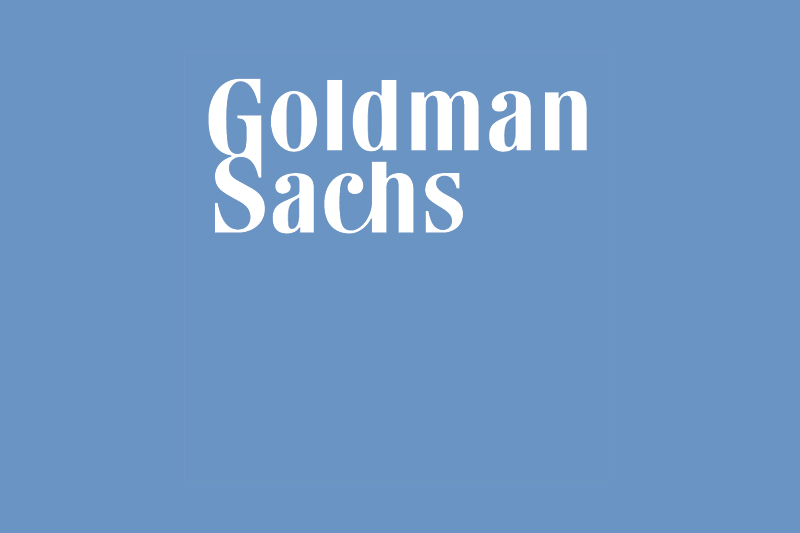Asahi shares mark weekly slide after cyberattack halts production
Investing.com -- European truck makers are heading into a softer period, with Goldman Sachs revising its stance on Volvo (ST:VOLVb) and cutting the stock to “neutral.”
Shares of the Swedish carmaker was down 1.9% at 04:50 ET (08:50 GMT).
Goldman Sachs said its truck barometer, based on preliminary third-quarter 2025 data, remains below historical levels, reflecting weak order momentum in the United States and only a modest pickup in Europe.
U.S. Class 8 truck orders are down 25% year to date, and book-to-bill ratios across the sector slipped below one in the second quarter after a brief recovery earlier this year.
The brokerage forecasts truck deliveries in 2025 to fall 18% in the U.S. and 10% in Europe, both weaker than company guidance, before a recovery in 2026 with declines of 10% in the U.S. and growth of 15% in Europe.
“With this note, we downgrade Volvo to Neutral as we see limited upside on the stock,” the analysts said, adding that they are now 9% to 10% below consensus on adjusted EBIT for 2025 and 2026.
They cited tariff headwinds and weaker construction equipment margins as key near-term pressures, particularly as Volvo’s construction division, which imports into the U.S., faces risks if section 232 tariffs are imposed in 2026.
The 12-month price target was kept largely unchanged at SEK298, implying 7% upside compared with no upside expected across the wider capital goods coverage.
Other European manufacturers are also facing a muted outlook. Goldman said Daimler Truck continues to see weak U.S. demand, with inventories at near-peak levels, leading to cuts of 8% and 7% to its 2026 and 2027 EBIT forecasts.
On Traton, the bank pointed to “much more benign order momentum seen in Europe after some recovery in 1Q and signs of weakness in Brazil,” trimming estimates for 2026 and 2027 EBIT by 4% and 3%.
Both stocks remain “neutral” rated, with price targets of €40 for Daimler and €28.7 for Traton.
“We also see downside risk to consensus estimates across OEMs for 2026E, and think it will be tough for OEMs to outperform our broader cap goods coverage until we see a more meaningful uptick in orders in both the US and Europe,” the brokerage said.
